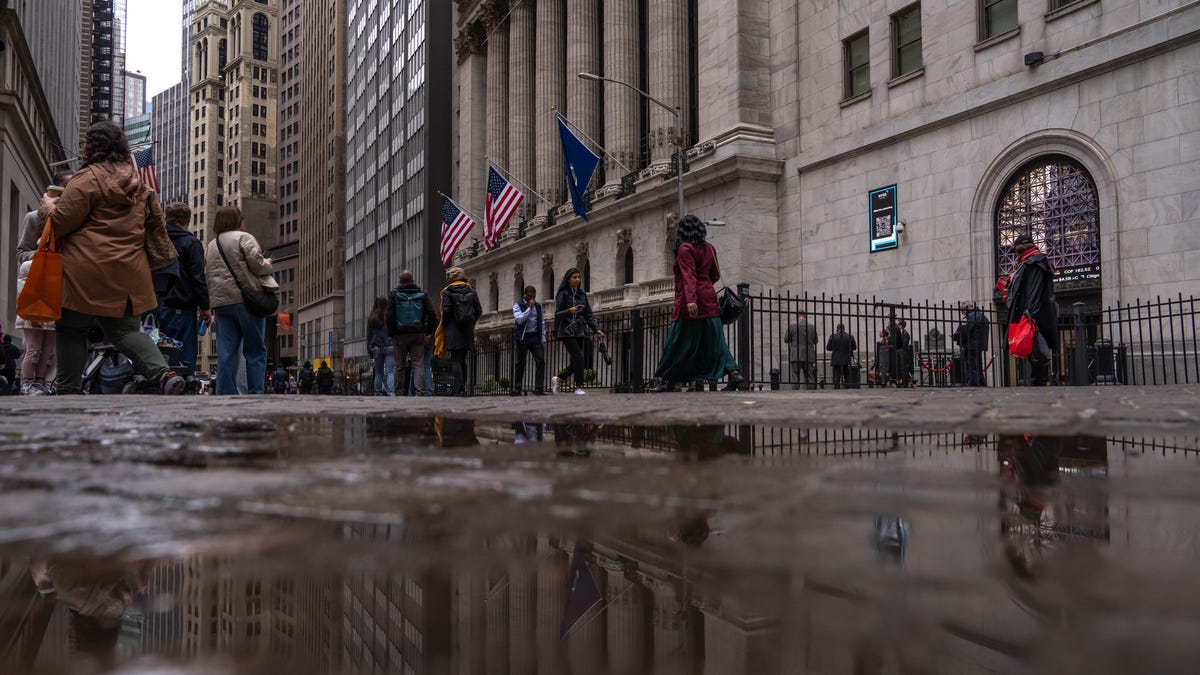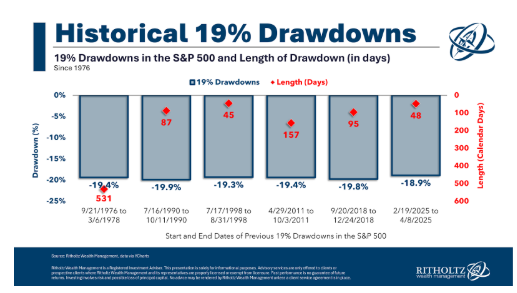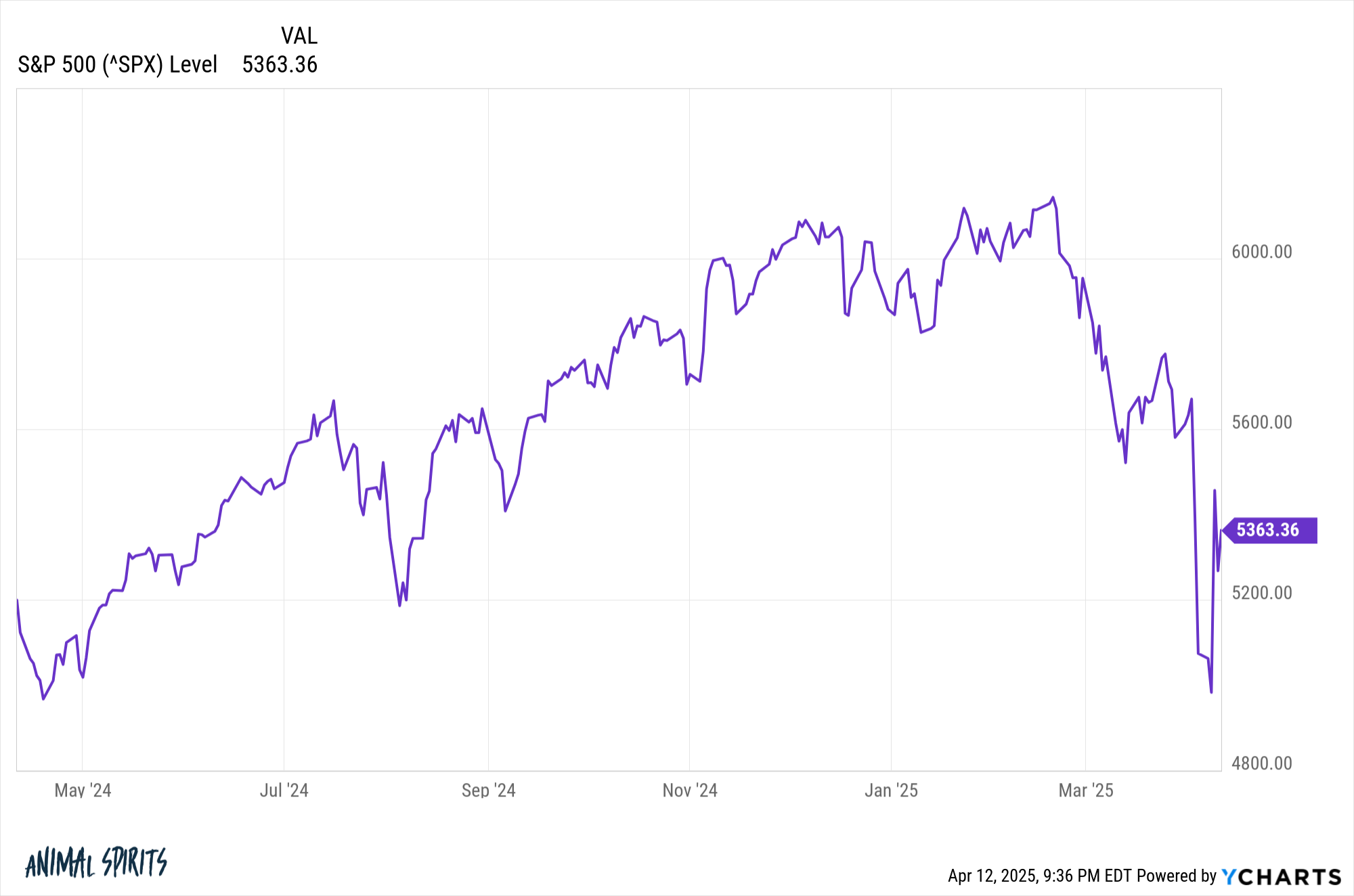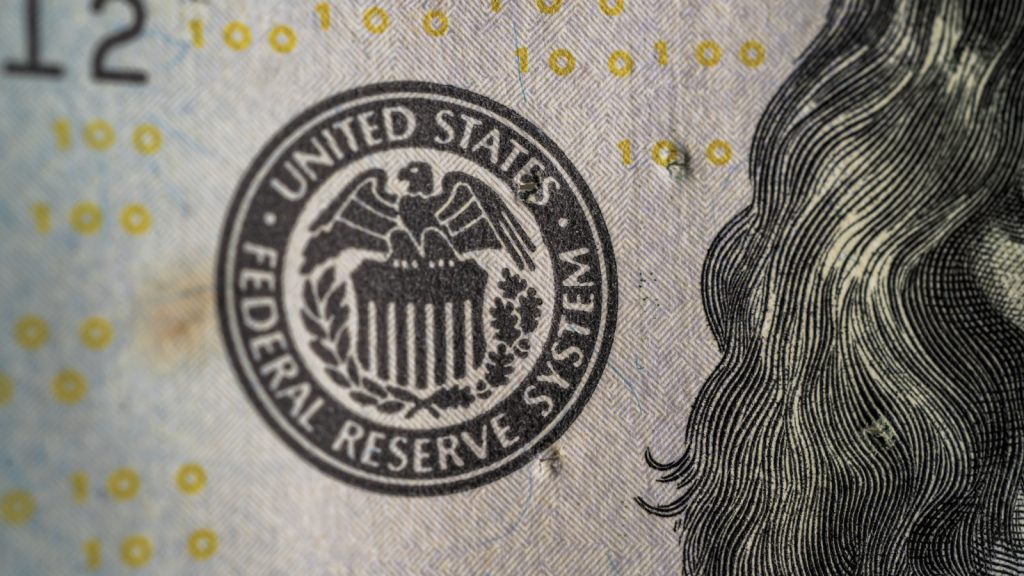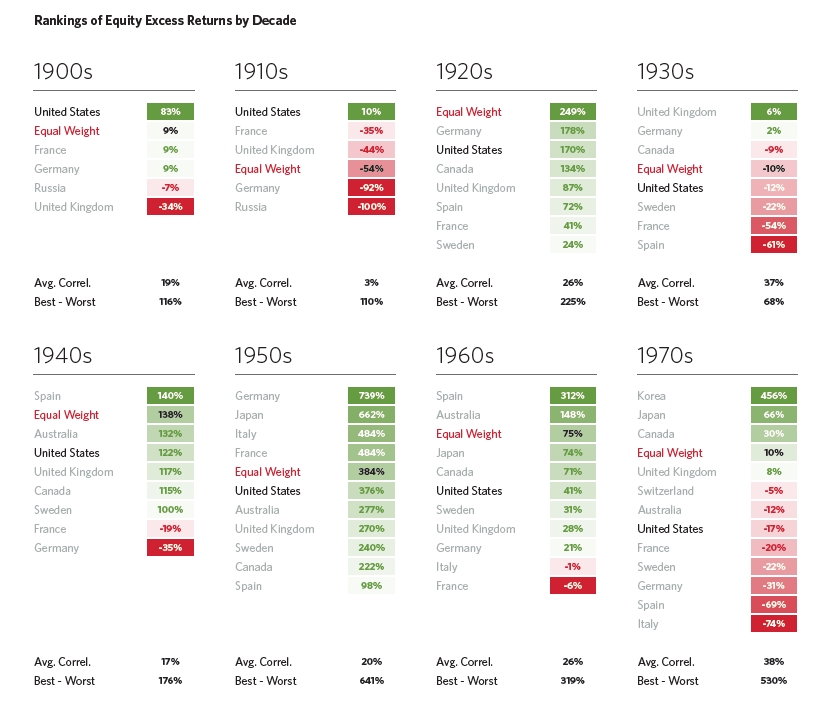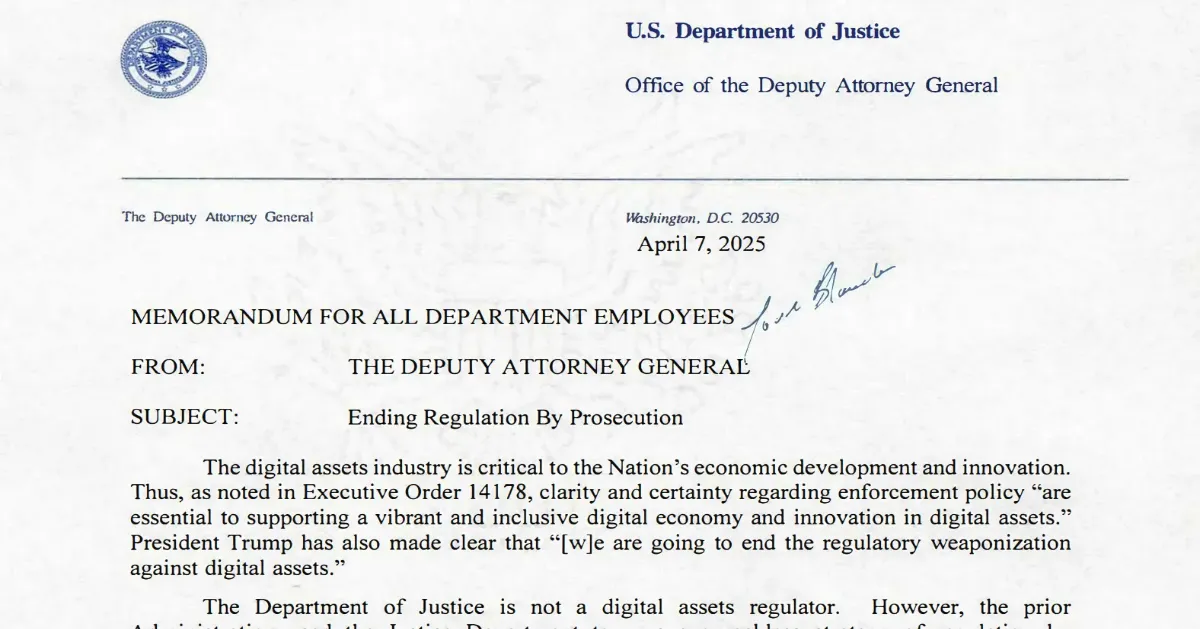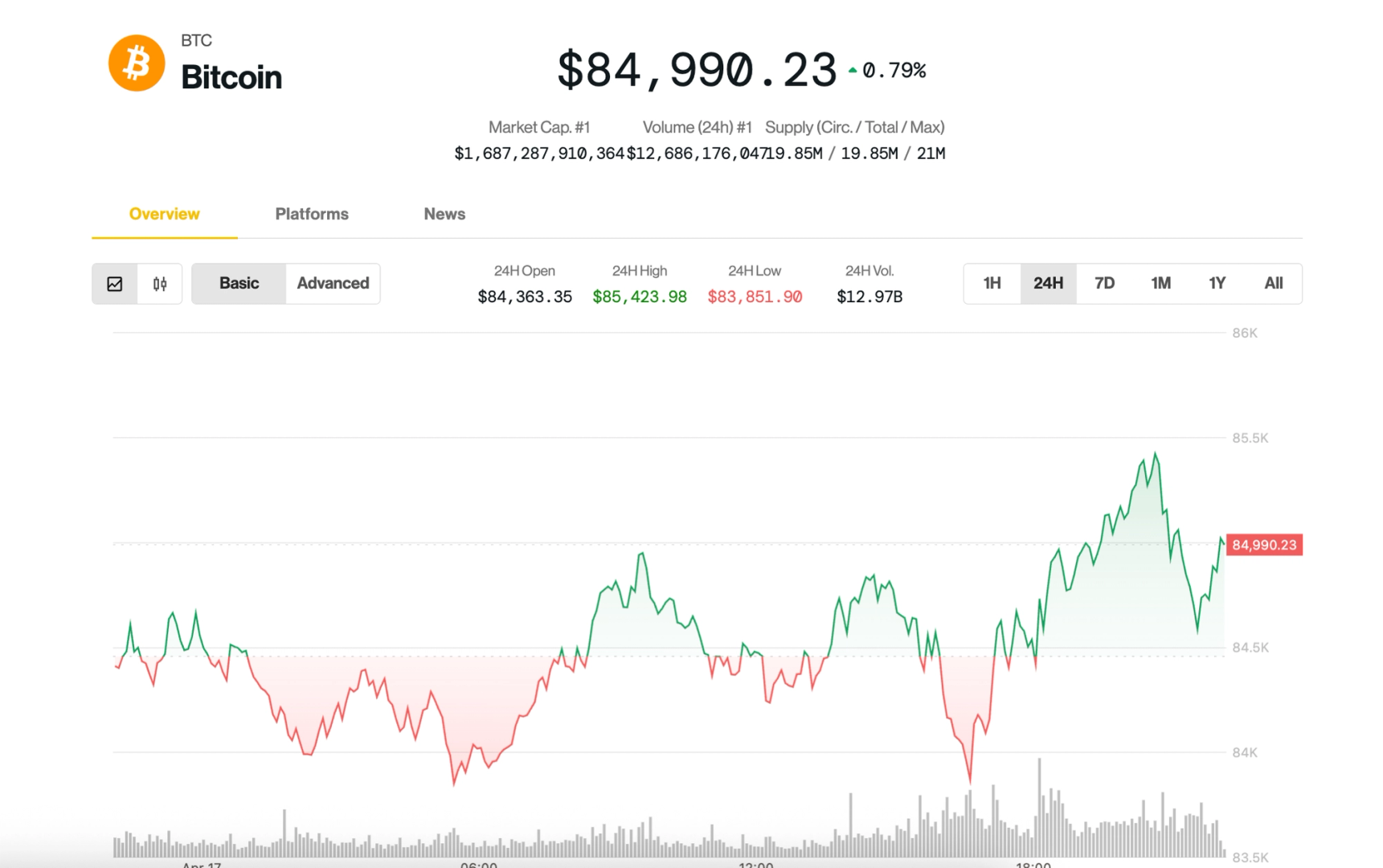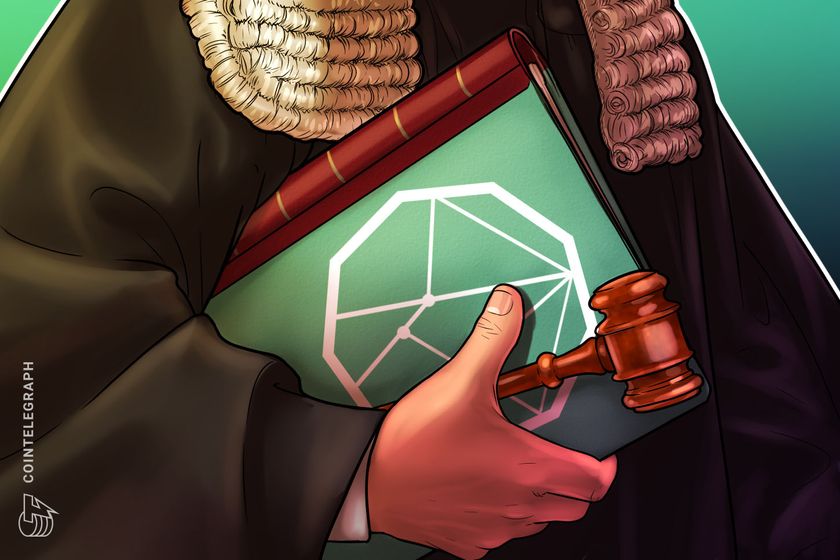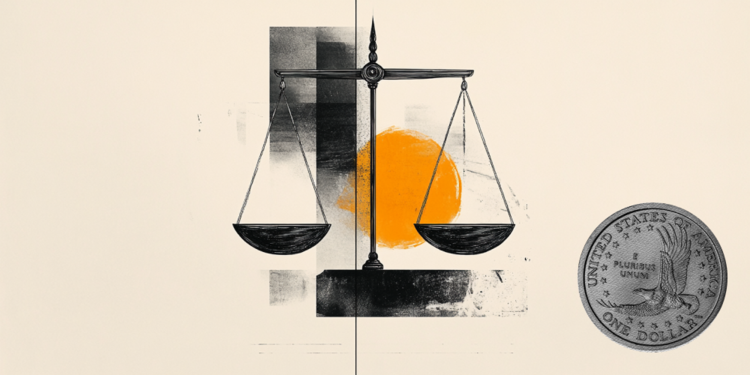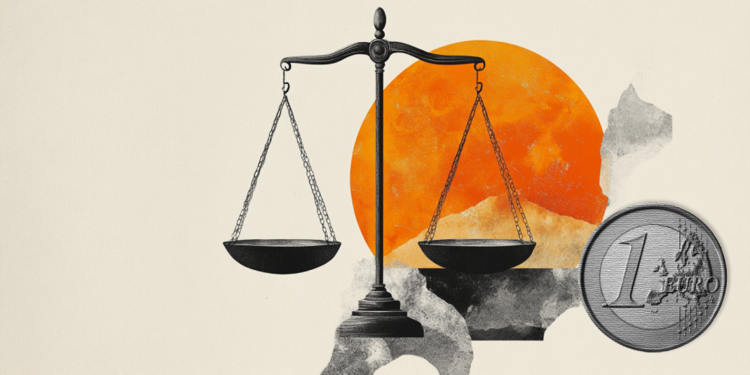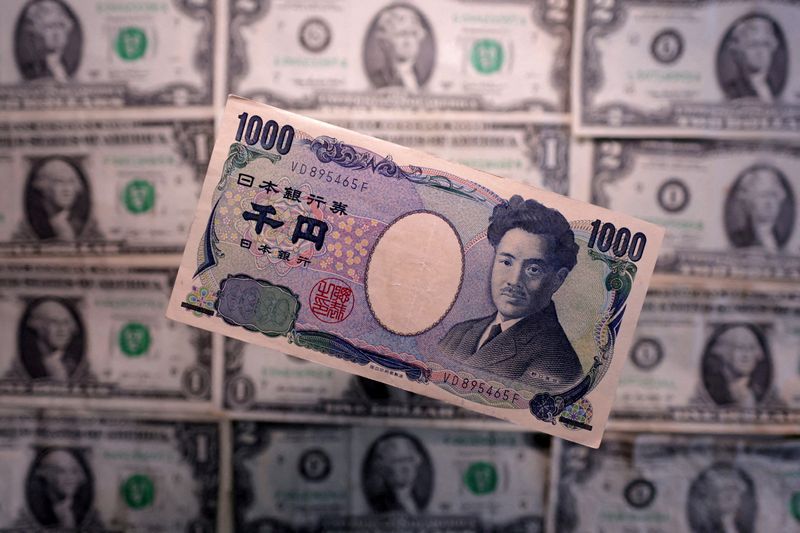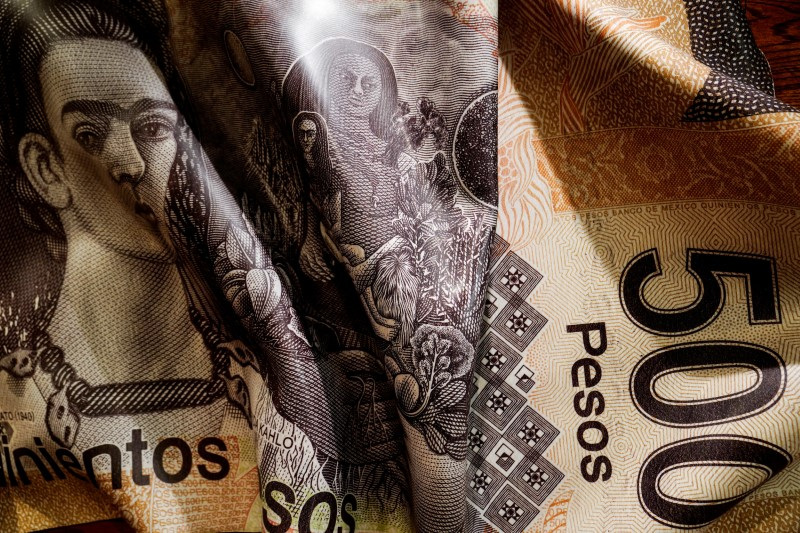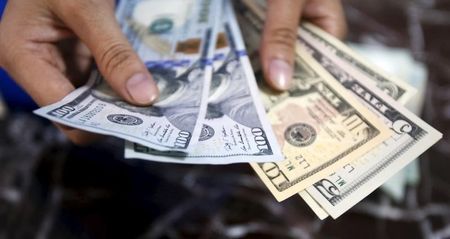A Glimpse Inside the Vatican’s Priceless Treasure Trove
The vastness of the Vatican’s library, museum, and various vaults really can’t be overstated. Besides over two million printed books in every language from every continent, an additional eighty thousand written manuscripts are housed on so many shelves that if placed side by side, would be over 53 miles long. (These U.S. states have the […] The post A Glimpse Inside the Vatican’s Priceless Treasure Trove appeared first on 24/7 Wall St..
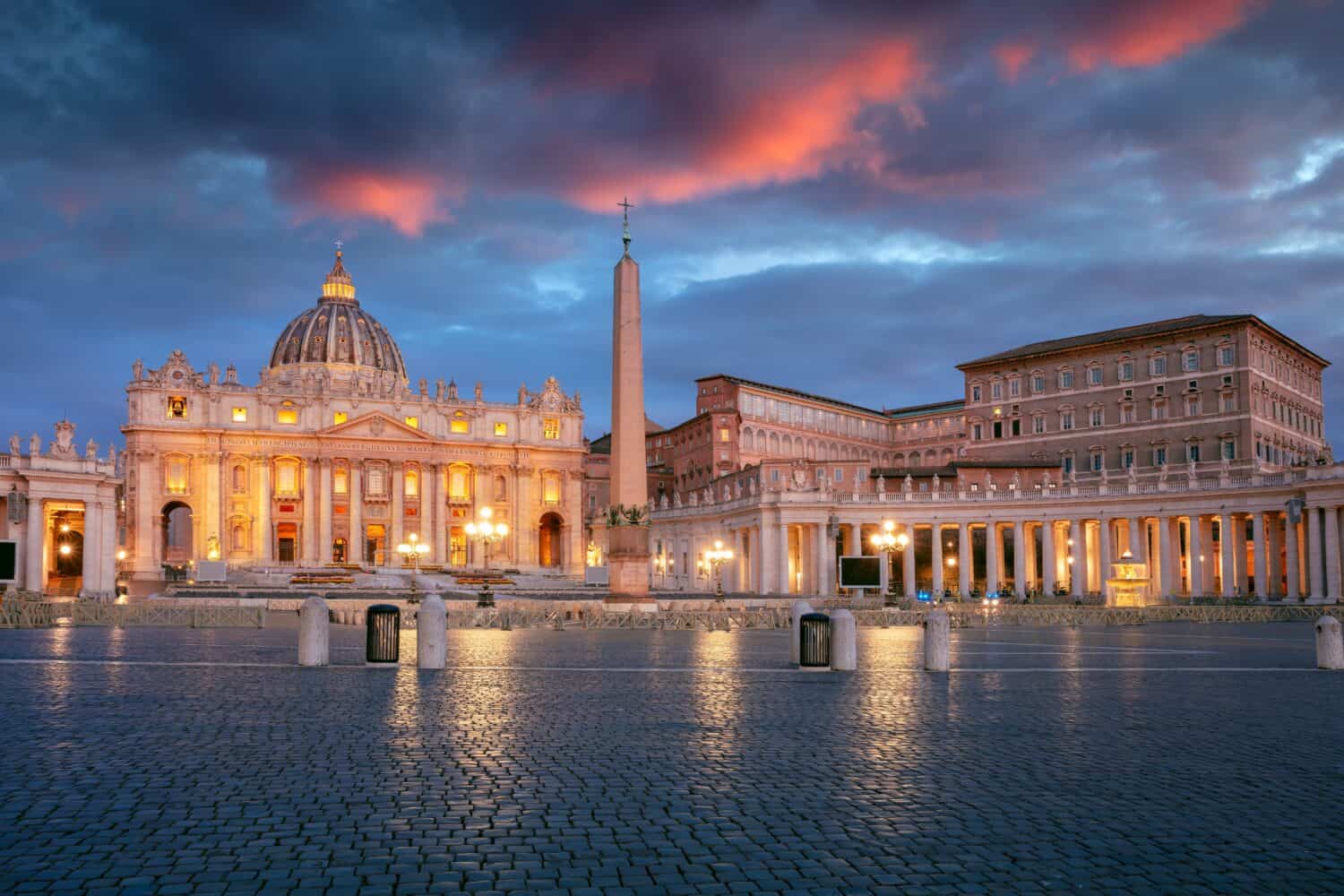
The vastness of the Vatican’s library, museum, and various vaults really can’t be overstated. Besides over two million printed books in every language from every continent, an additional eighty thousand written manuscripts are housed on so many shelves that if placed side by side, would be over 53 miles long. (These U.S. states have the most used public libraries.)
In addition to these books, the Vatican holds countless unbelievable treasures, many of which are over 2,000 years old. Reasoning that the treasures belong to all of humanity, Pope Francis has stated that he won’t sell these items. Although many of these treasures are under lock and key, some are on exhibition in the museum for the public to see. Here at 24/7 Wall Street, we looked into some of the invaluable items housed at the Vatican. (These countries were once part of the Roman Empire.)
Why We’re Covering This
 Vatican City’s collection is unparalleled, filled with countless religious, artistic, and historical treasures. Spanning millennia, these items reflect the history of the Catholic Church as well as Western civilization and much of the world.
Vatican City’s collection is unparalleled, filled with countless religious, artistic, and historical treasures. Spanning millennia, these items reflect the history of the Catholic Church as well as Western civilization and much of the world.
These are the most valuable treasures held by the Vatican:
#1 Papal Tiara
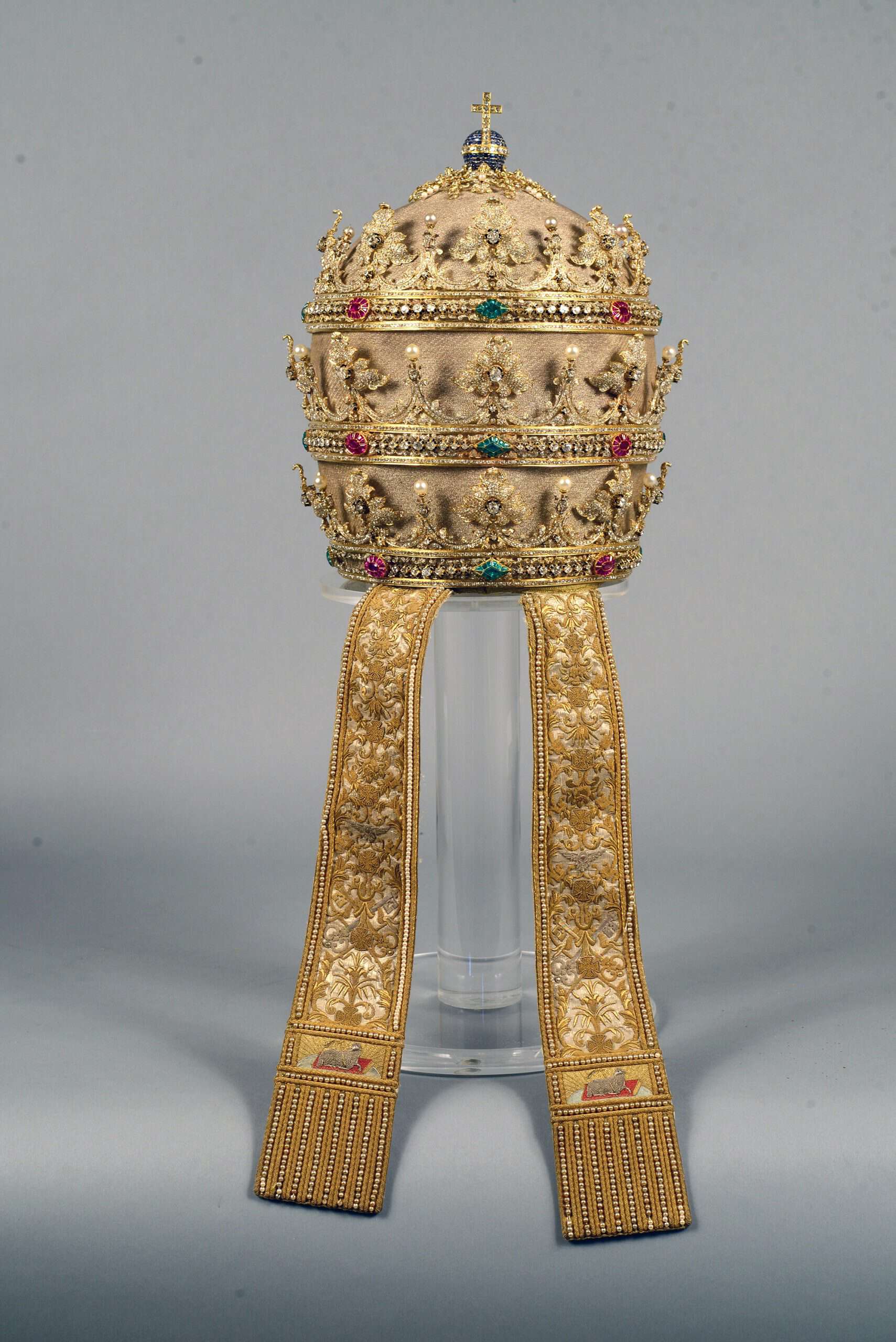
- Date: 8th Century
The most valuable item held within the Vatican’s horde is considered to be Christianity’s crown jewel, The Papal Tiara. It is made of solid gold, various diamonds, rubies, emeralds, and sapphires, and elements of the Tiara date back to the 8th century. Through various restoration efforts since the time of its conception, it has been changed several times. It weighs approximately 5 kilograms (11 lbs.). This crown is meant to signify the Pope’s authority and temporal power. It can only be worn by the sitting pope.
#2 Porphyry Basin

- Date: 3rd Century
Commissioned for the Roman Emporer Nero and his Domus Aurea (Golden House), this decadent bathtub (yes, a bathtub) is made entirely from an insanely rare and expensive purple marble called Imperial Porphyry (Porphyry is the Greek word for “Purple”). The only place to source this rare stone was a remote quarry in Roman Egypt, Mons Porphyrites. Traditionally, because this crystal containing igneous rock was so rare and expensive, it was used as an accent stone in tiles and other artwork. This tub is the largest piece of intact Imperial Porphyry marble ever found, weighing in at a hefty 1,000 lbs. It is worth approximately $2 Billion.
#3 The Vatican Codex
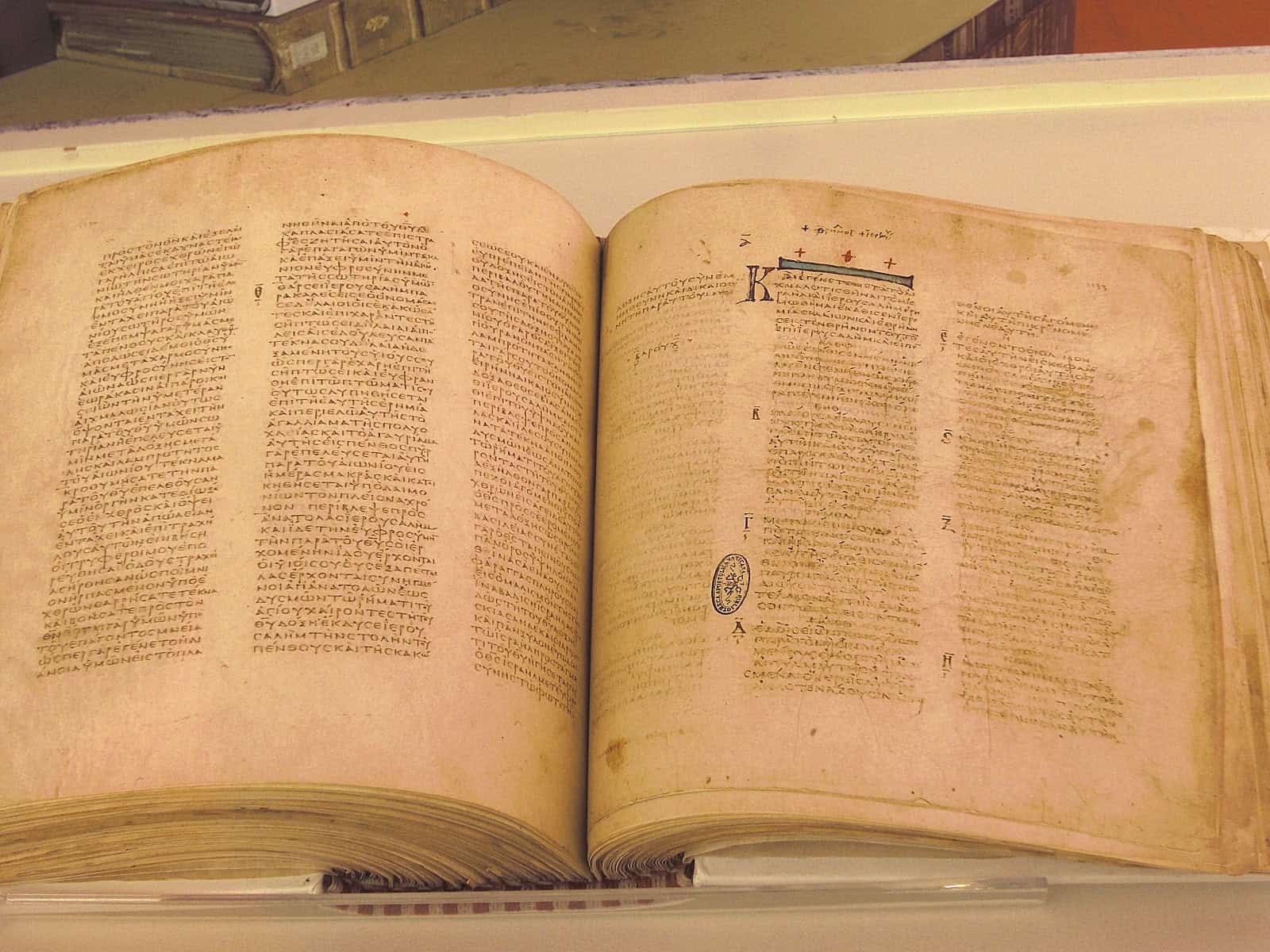
- Date: 4th Century
The Vatican Codex (Codex Vaticanus) is a manuscript of the Old and New Testament and is one of the four Great Uncial Codices. It is the oldest copy of the Bible in existence and is in original Greek. The material used is vellum and is 759 pages long. 71 leaves have been lost over time. There are no spaces between words, rare punctuation, and each leaf has three columns of writing per page.
#4 Papyrus 75
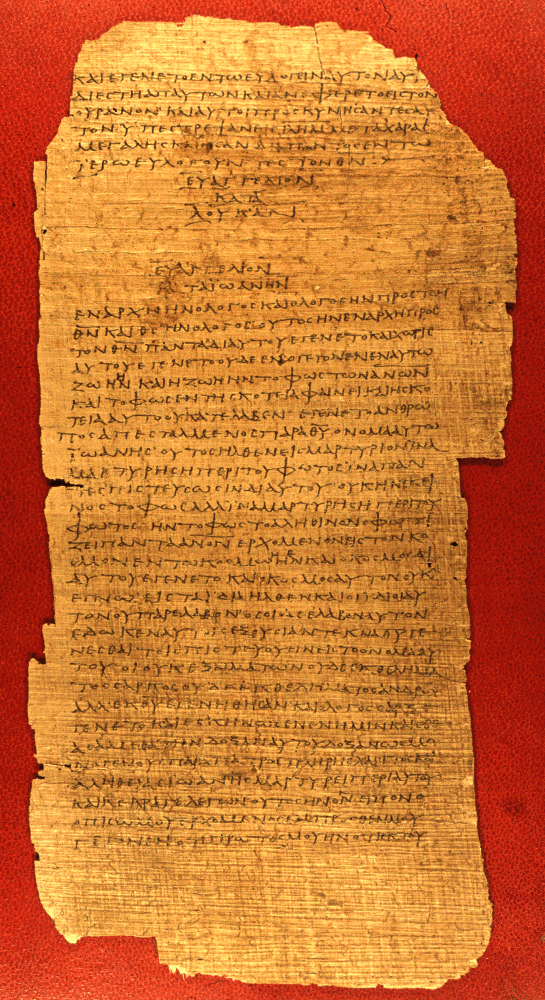
- Date: 175 CE–225 CE
Papyrus 75 is a single sheet of papyrus that contains the oldest known copy of the Lord’s Prayer, a fragment of the Gospel of Luke, and a fragment of the Gospel of John. It is the oldest and “most significant,” papyrus to be discovered and has been studied against the Codex Vaticanus to confirm its textual reliability.
#5 Henry VIII’s Love Letters
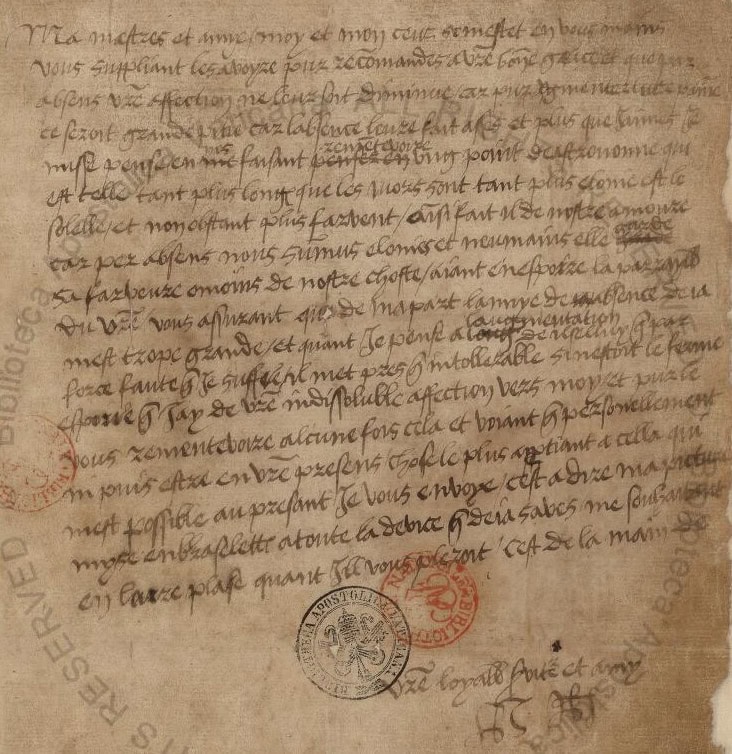
- Date: 1527-1528
A collection of 17 love letters to his second wife, Ann Bolyn, are kept in the Vatican. In a rare peek into the mind and romantic sentiments of Henry VIII, he uses a heart to sign his name, talks of kissing her “pretty dukkys,” and refers to Bolyn as his sweetheart. Whether they were stolen from Ann Boleyn or given freely to the Vatican, that information is lost to history, along with Ann Boleyn’s response letters. Earlier publications of these letters can cost as much as $800 today, so just imagine what the originals are worth!
#6 Bramante Staircase
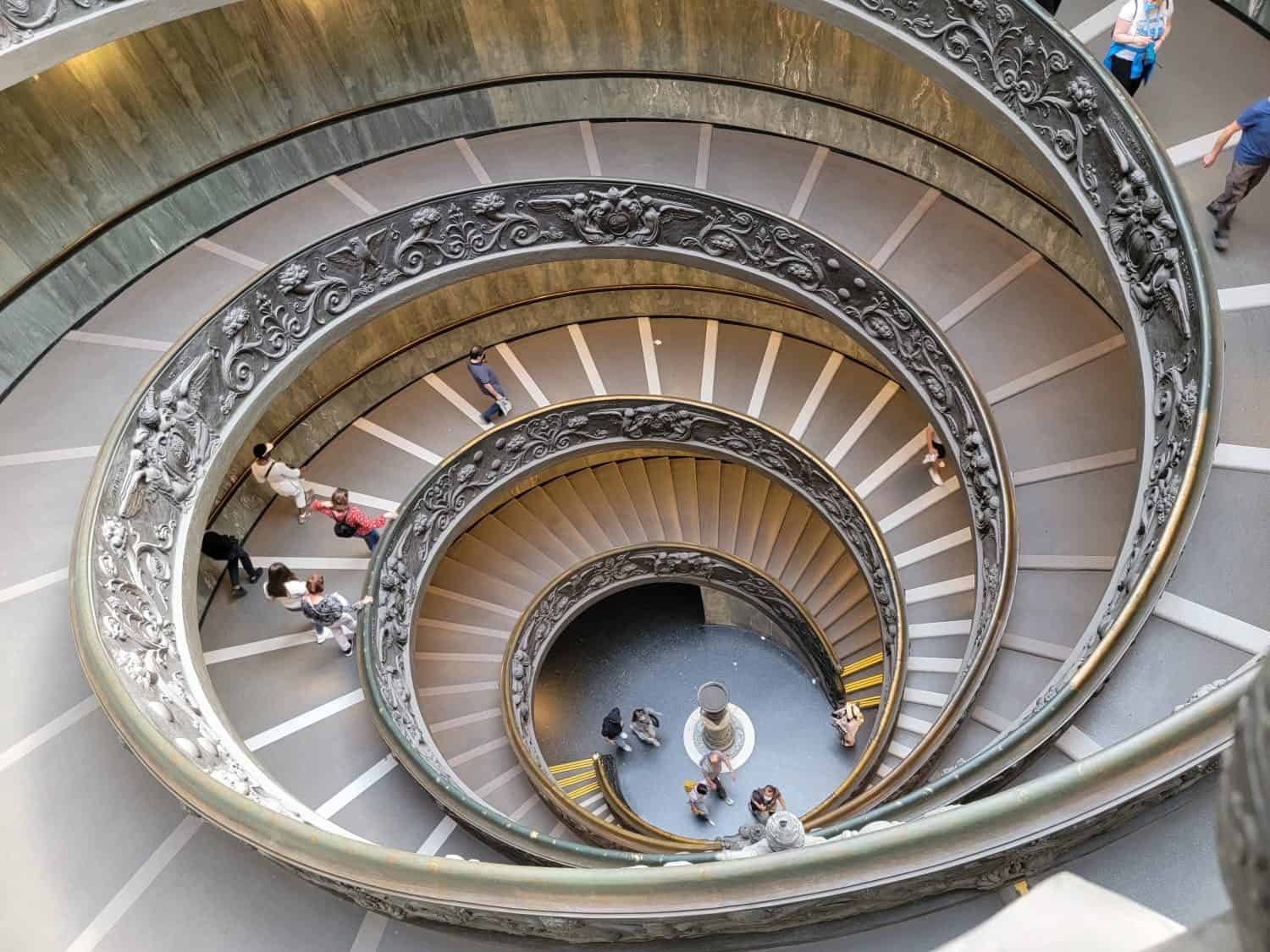
- Date: 1505
The Bramante Staircase was built in 1505 and connects the outside to the Belvedere Palace of Pope Innocent VIII. The double helix design allows climbers to simultaneously go up and down without interrupting the flow of traffic… or pack animals.
#7 Papal Letter of Martin Luther’s Excommunication
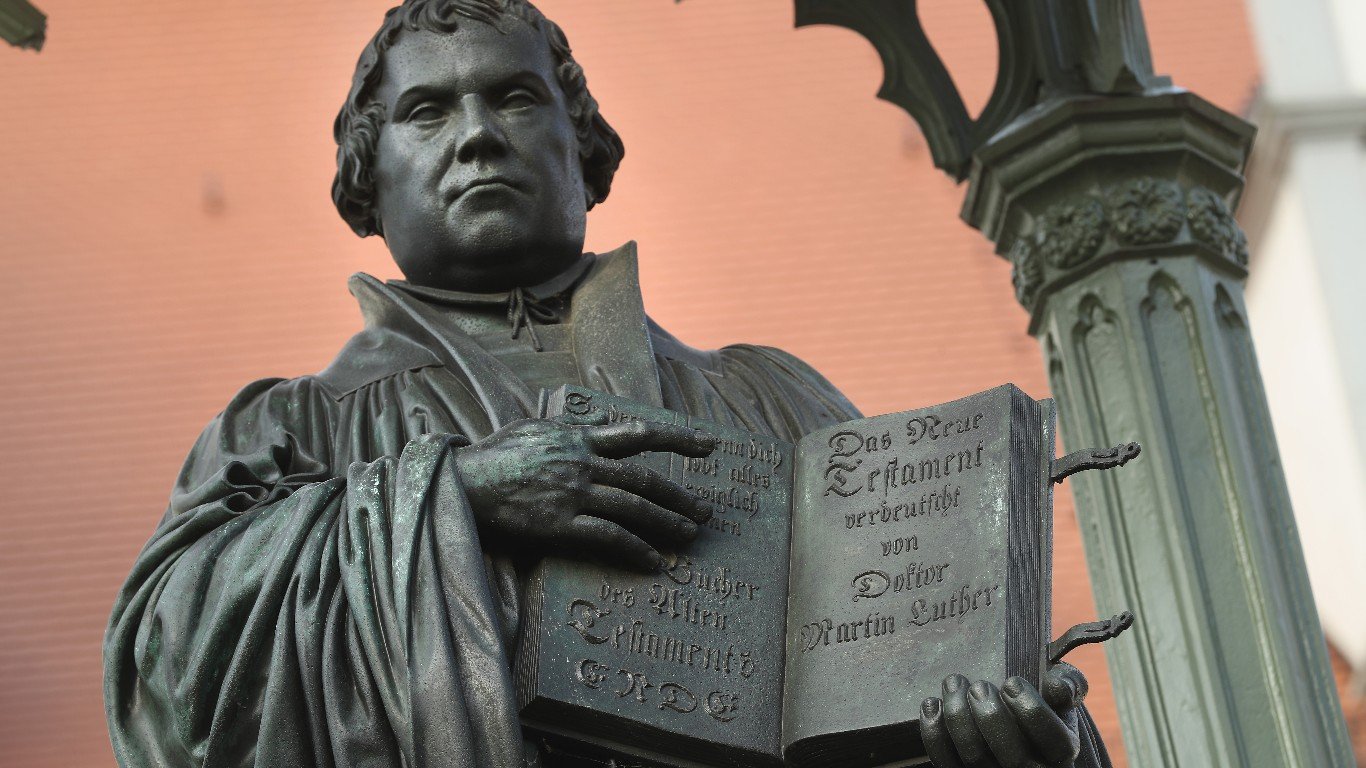
- Date: 1521
Martin Luther was excommunicated from the Catholic church in 1521 after he posted his 95 Theses at Wittenberg in 1517. The 4 years between the posting and the official excommunication were spent in theological debate, a rejection of the Church’s authority, an examination, and an appearance at the Diet of Worms. Luther was charged with heresy at the Diet of Worms after refusing to recant his criticism of the Church. Martin Luther burned his copy of this excommunication letter publicly.
#8 Illustrated Manuscript of Dante’s Divine Comedy
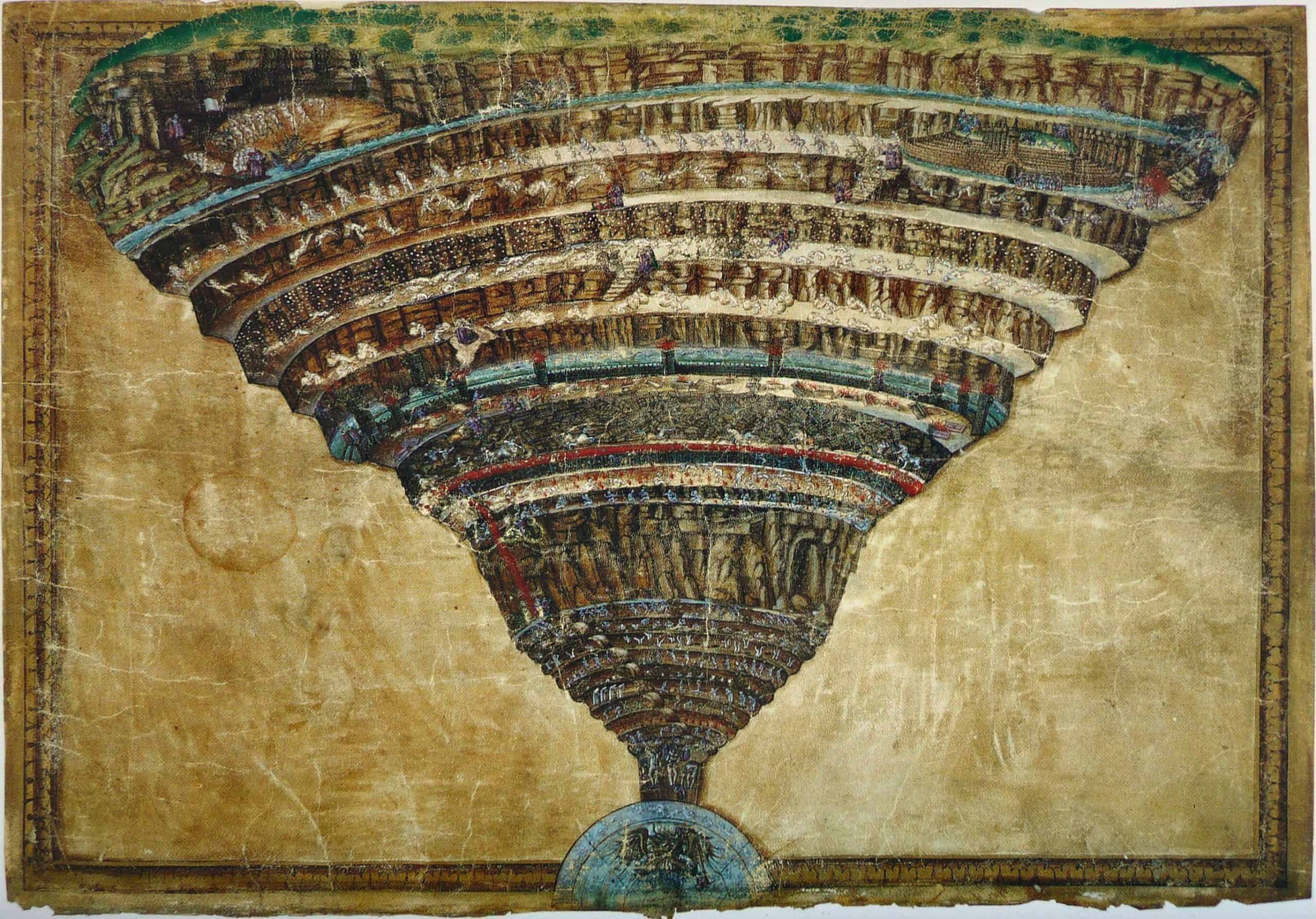
- Date: Approximately 1480s
Originally, Sandro Botticelli included 92 full-page illustrations in the manuscript. Only four of the 92 were fully colored, but most were silverpoint drawings. It was discovered in 1882 that the Vatican had purchased six drawings from the manuscript in 1689 from Queen Christina of Sweden. The rest of the manuscript is now held at the Museum of Prints and Drawings in Berlin (Kupferstichkabinett Berlin). The entire manuscript was displayed in an exhibition from 2000-2001 in Berlin, Rome, and London. The most valuable of the Vatican’s collections is The Map of Hell.
#9 Michelangelo’s Pietá
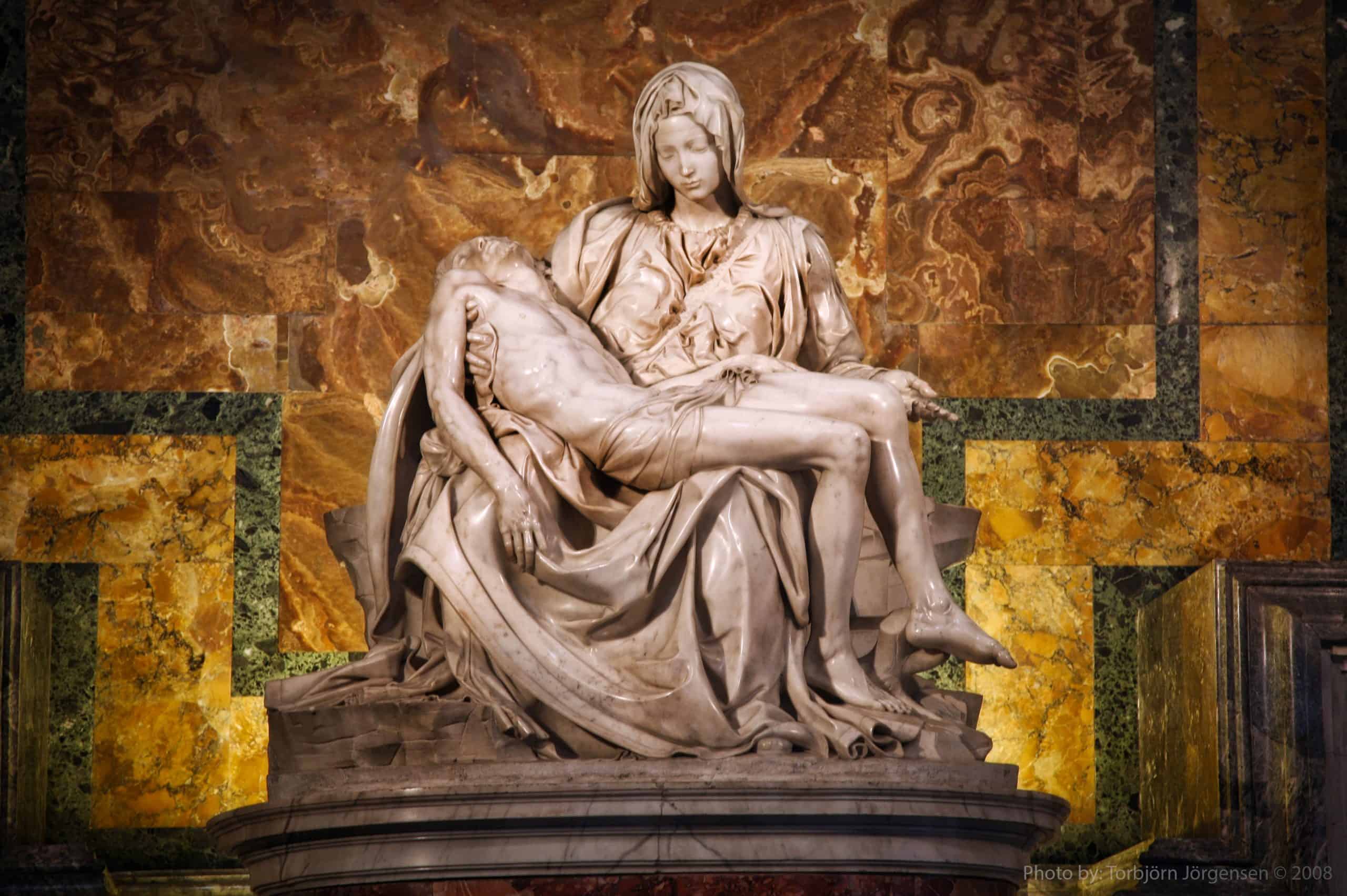
- Date: 1497
Cardinal Jean de Bilhères-Lagraulas, the French ambassador to the Holy See, commissioned La Pietá, a now famous statue of the Virgin Mary holding the recently crucified Jesus in her arms. With only a hammer and a chisel, Michelangelo created this piece from a single slab of marble. At the time, he wasn’t well known, but La Pieta catapulted him into fame during his life and long afterward.
To claim his creation, he carved, “Michelangelo from Florence made this,” onto Mary’s sash. He wasn’t known to leave this kind of signature on any other of his works after this statue. It is known for its unbelievably soft appearance, despite only being made of hand-chiseled marble.
#10 Crux Vaticana
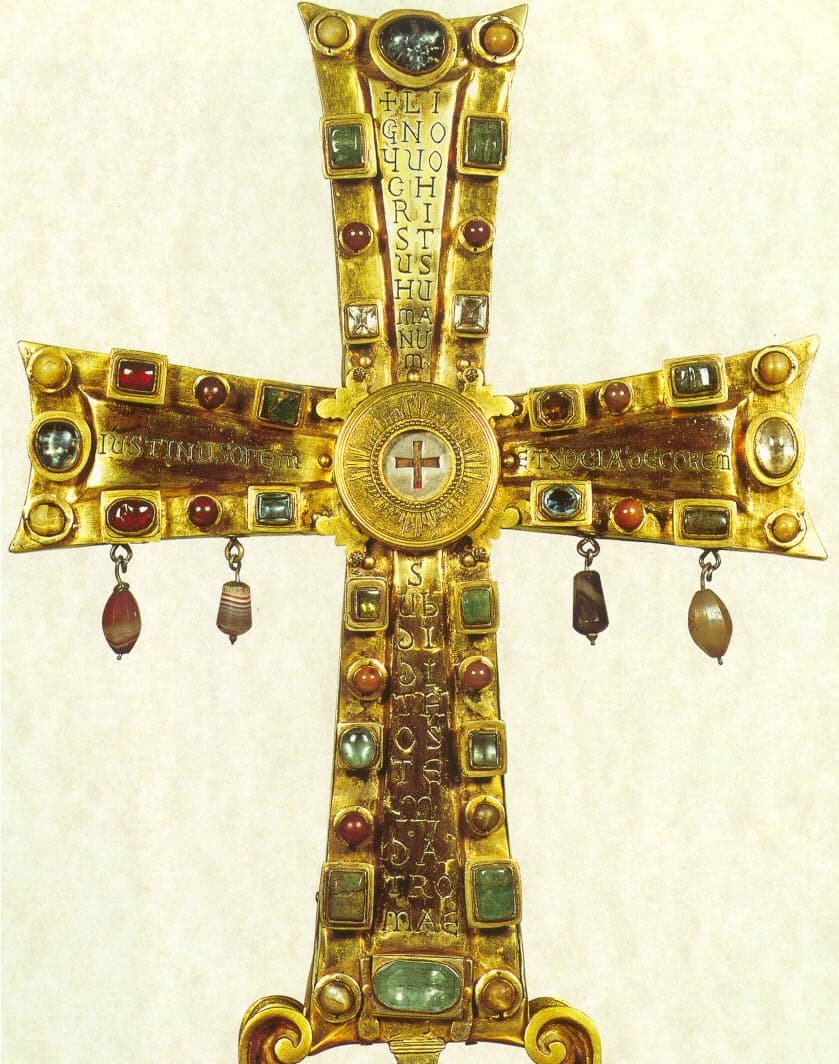
- Date: 6th Century
The Crux Vaticana (or the Cross of Justin II) is currently held in the Treasury of St. Peter’s Basilica within the Vatican. It supposedly contains a fragment of the True Cross from the Byzantine Empire. Justin II and his wife Sophia gave this reliquary to Justin III, the Pope from 561 to 574.
#11 Laocoön Group

- Date: 200 BC-70s AD
The Laocoön Group, or The Statue of Laocoön and His Sons, is considered to be “the prototypical icon of human agony.” It depicts Laocoön, a Trojan priest, and his two sons, Antiphantes and Thymbraeus, being attacked by sea serpents. According to Pliny, it was created by three Greek Sculptors from Rhodes. They were Agesander, Athendodoros, and Polydorus. The statue was excavated and taken to the Vatican in 1506.
#12 Sarcophagus of Saint Helena
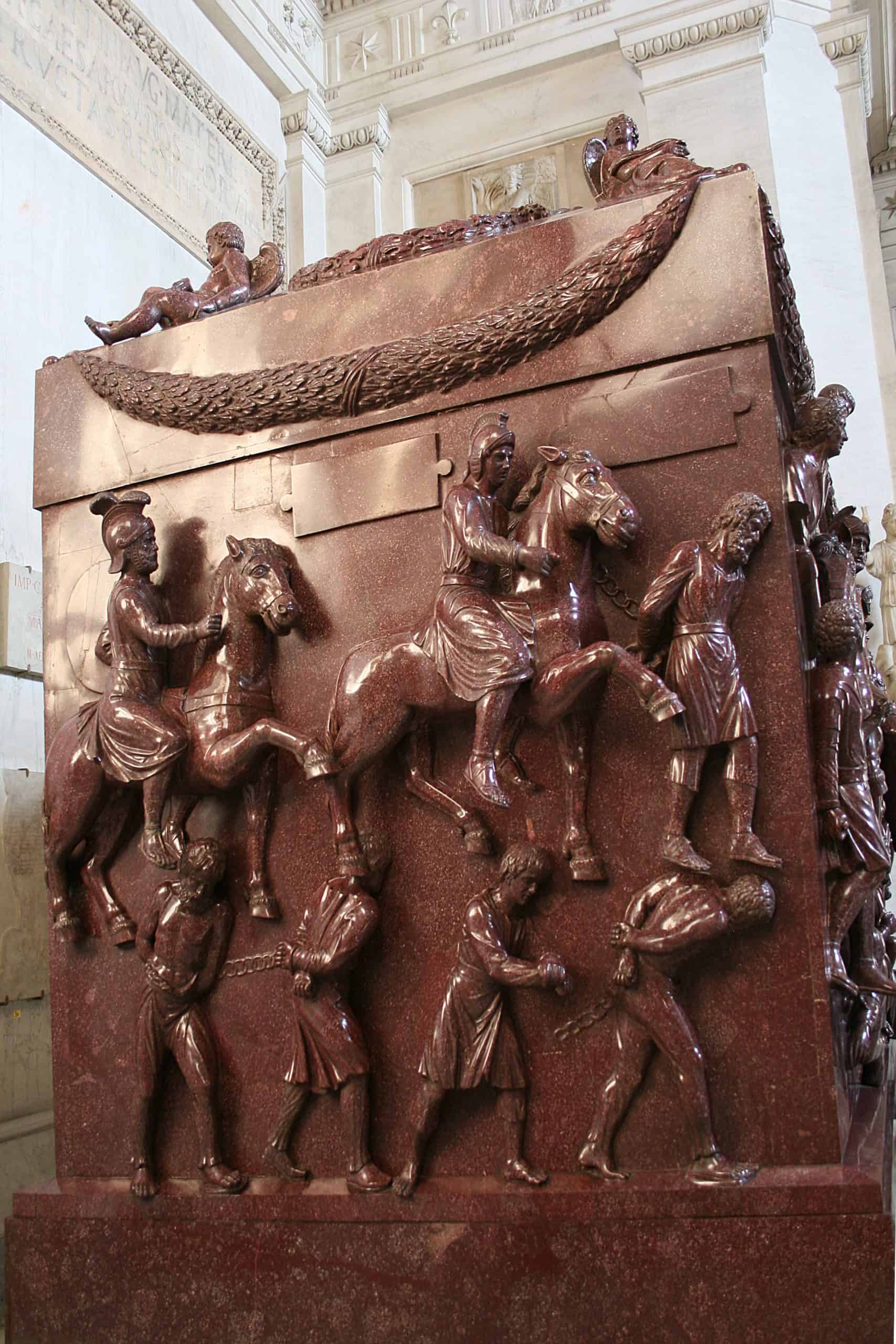
- Date: 335 AD
Helena, the mother of Emperor Constantine the Great, was entombed in 335 AD. In 1777, her sarcophagus was moved to the Vatican and restored by Giovanni Pierantoni and Gaspare Sibilla. She is known to have had great influence over Constantine and his acceptance of Christianity, established the tomb of Jesus Christ, and led a pilgrimage to the Holy Land.
Uniquely, her sarcophagus is made from red porphyry, which was normally only used for the resting places of emperors. There is speculation as to why she would have this particular resting place. Some are led to believe that it was originally meant for her husband or son and she happened to die first, or perhaps she was just that well-respected as a leader of early Christianity. The exact explanation is lost to history.
The post A Glimpse Inside the Vatican’s Priceless Treasure Trove appeared first on 24/7 Wall St..






















